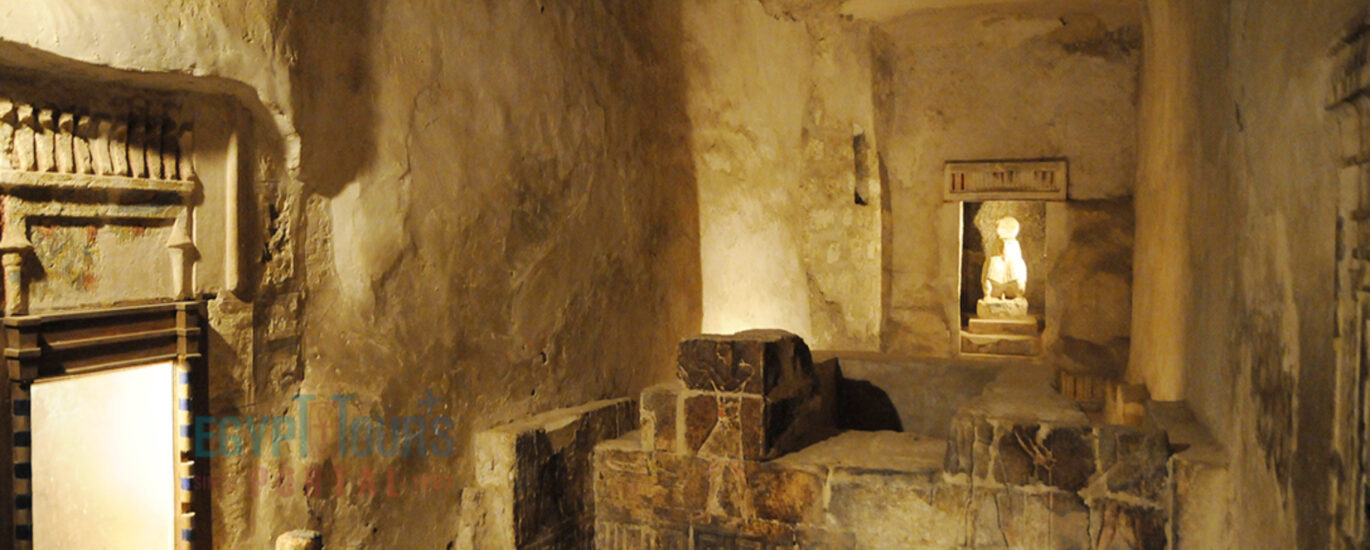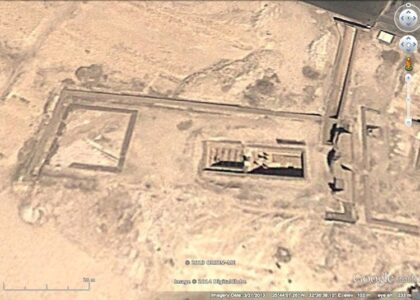Welcome to Tuna El-Gebel, a remarkable archaeological site in the Minya Governorate of Upper Egypt. This area, rich in history and culture, dates back to ancient times and offers a window into the past. Tuna El-Gebel served as the necropolis for the city of Khmun, known in Greek as Hermopolis Magna, which was a major center of worship for the god Thoth, the deity of wisdom and writing.
The site is renowned for its extensive catacombs and tombs, including the famous Tomb of Petosiris. Petosiris was a high priest of Thoth during the late 4th century BCE, and his tomb is an extraordinary blend of Greek and Egyptian artistic styles, reflecting the cultural exchanges of the period. The tomb’s intricate reliefs depict scenes of both Egyptian and Hellenistic life, providing a unique historical narrative.
Another significant feature of Tuna El-Gebel is the Ibis and Baboon catacombs, dedicated to Thoth. Thousands of mummified animals were interred here as offerings, underscoring the importance of religious practices centered on animal worship in ancient Egypt.
Over time, Tuna El-Gebel evolved from a purely religious site to a more complex community center, influenced by various ruling powers such as the Greeks and Romans. This blend of cultures is evident in the architectural remains and the fusion of artistic styles.
In a broader historical context, Tuna El-Gebel provides valuable insights into the religious and cultural dynamics of ancient Egypt, especially during the Greco-Roman period. It also highlights the role of Minya as a significant cultural hub in antiquity.
As you explore Tuna El-Gebel, imagine the vibrant life that once thrived here, with priests, artisans, and pilgrims all contributing to the rich tapestry of ancient Egyptian civilization.






